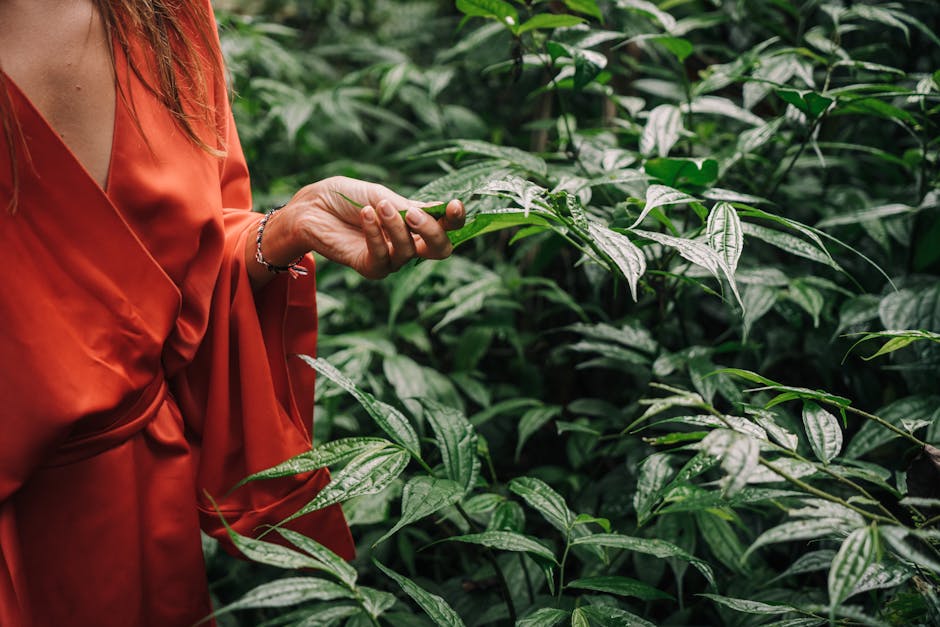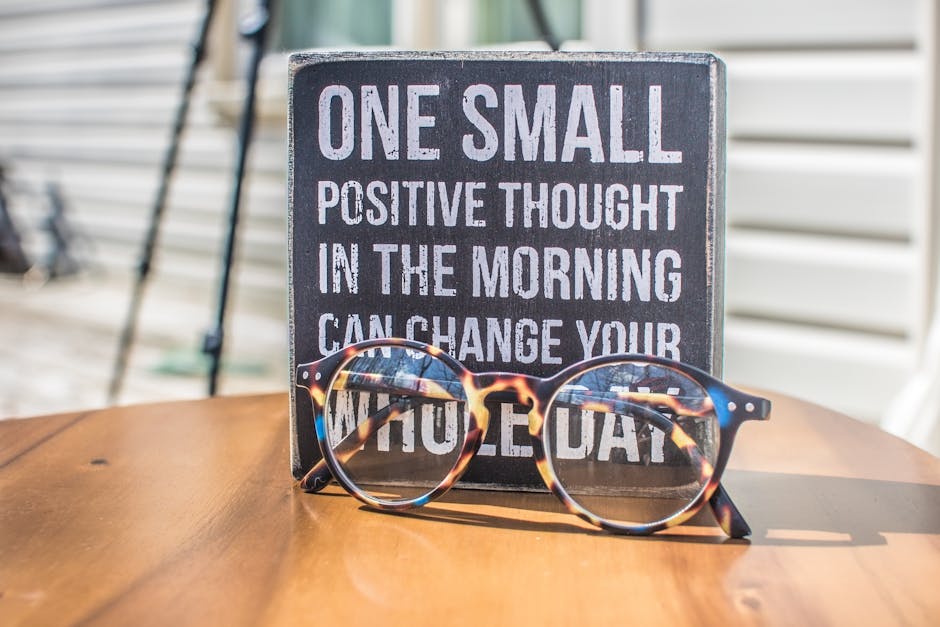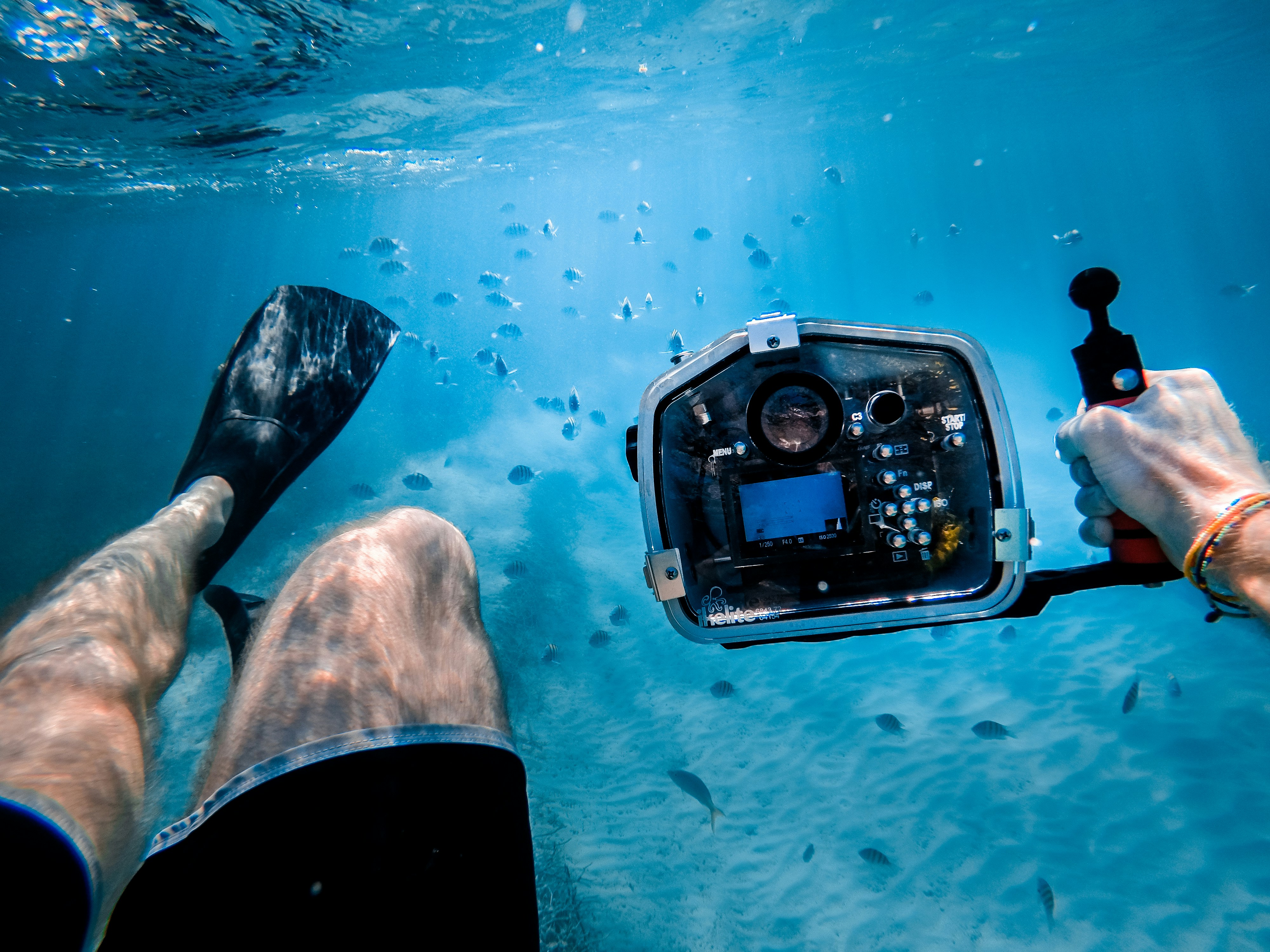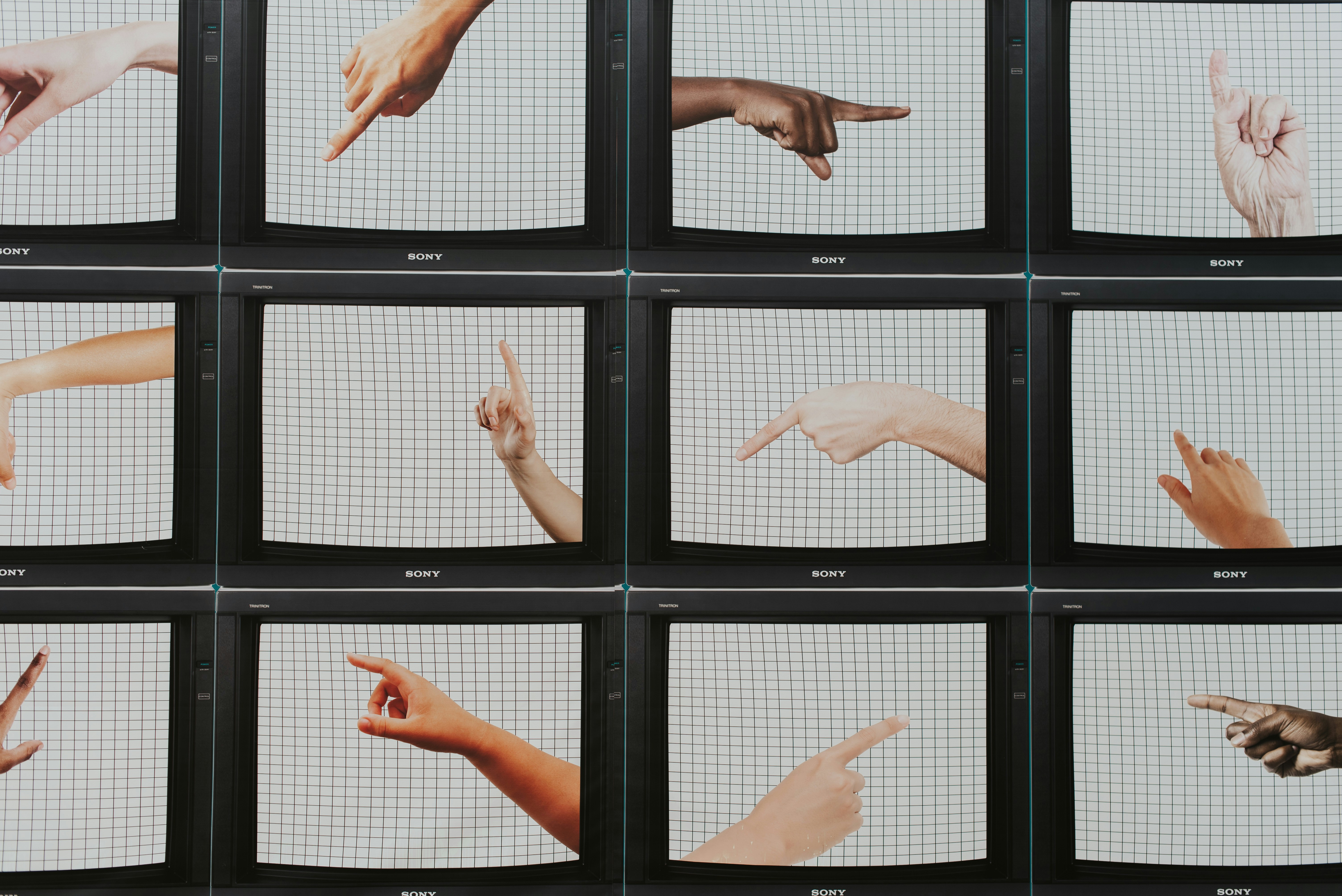Unlock Your Photography: Engage the Senses to Captivate Stories
Have you ever wandered through a vibrant market, only to find your eyes overwhelmed by the colors, but your nose equally captivated by the tantalizing spices? Or maybe you've touched the rough bark of an ancient tree while dreaming of its story? These moments are more than mere experiences; they can transform how you capture the world through your lens. In today's digital landscape, the integration of senses like smell and texture into photography may seem unconventional, but it opens up a unique avenue to explore and express narratives in profound ways. Let's dive into how engaging these often-overlooked sensory elements can inspire your photographic endeavors.
The Power of Scent in Photography
Scent is one of the most evocative senses we possess. It's intricately tied to memory and emotion, often serving as a trigger for nostalgia or inspiration. Imagine standing in a field of wildflowers. The soft fragrance of blooming jasmine transports you back to a childhood spent playing outdoors. In photography, this deep connection can be harnessed to create images infused with meaning and emotional resonance.
Crafting Sensory Experiences in Your Work

To successfully utilize smell in your photography, start by choosing locations that resonate with you. Consider places that hold personal memories or evoke strong emotions. Whether it’s the pungent aroma of a bustling city or the earthy scent after rain in a forest, aim to capture not just the visuals but the essence of the experience. This logical step can even inform the atmosphere in your photographs. For example, a portrait taken in a lavender field could convey tranquility and calmness, reflecting the soothing scent wafting through the frame.
To amplify this approach, try to incorporate visual elements that pair well with specific scents. Preserving a moment within the context of its smell allows viewers to experience it more holistically. The more emotion you infuse into your work, the more your audience feels connected to the narrative.
If you're drawn to the concept of enhancing your photography through non-visual elements, check out this article that dives deep into using various senses to elevate your photography.
Textures That Tell Tales

Textures are another dynamic means of storytelling through photography. The roughness of a stone, the softness of a petal, or the smoothness of water can evoke specific feelings and add layers to your composition. Texture invites viewers to "feel" the image—think about how a photograph of a weathered barn can speak of history, resilience, and the passage of time.
Practical Tips for Textural Photography

-
Focus on Details: Get up close and personal with your subjects. Use macro lenses to capture intricate details that showcase texture. This adds depth to your photography and can evoke an emotional response.
-
Experiment with Light: Lighting plays a crucial role in revealing texture. Harsh light can highlight the rough surfaces of an object, while soft lighting can enhance smoother textures. Experiment with different times of the day to see how the changing light affects your subject's texture.
-
Layering Elements: Create depth in your compositions by layering elements with distinct textures. For example, placing a coarse wooden table beneath a silky tablecloth in a still life photograph invites the viewer to explore the contrast and cancel any superficial understanding of the subject.
-
Story Through Texture: Consider the story behind a textured surface. What does it say about its surroundings? A cracked pavement might symbolize urban decline, while a lush green landscape adorned with dew drops signals vibrancy and rejuvenation. Through textural photography, you can pose questions and ignite curiosity in your audience.
Explore more about capturing textures and emotions through photography with this informative piece on the emotional impact of texture.
Blending Smell, Texture, and Visuals for Powerful Storytelling

Now that we’ve covered the basics, let’s delve into how to combine these sensory elements. Imagine embarking on a photographic journey where you actively unleash your senses, allowing them to guide you in your artistic process. Here’s how you can blend smell and texture:
-
Curate Your Environment: When planning a shoot, consider not just the visuals but also the feel and smell of the location. If you are photographing a farmer's market, focus on capturing freshly baked goods along with the vibrant colors of fresh produce. The aroma of baked bread won’t feature in the photograph, but its presence can enrich your narrative and influence how you angle your shots.
-
Engage Your Audience: Create an engaging experience for your viewers by including sensory descriptions in your captions or storytelling. Don’t shy away from elaborating on how a particular scent filled the air or how the texture felt to your touch. Inviting readers to engage their senses makes your work more relatable.
-
Capture Actions: Free yourself from static subjects. Photograph actions that involve texture, such as hands running over fabric, feet squishing through mud, or even the delicate act of picking fruit from a tree. These moments can be powerful visual metaphors, stimulating not just sight but the aspirational experience of the viewer.
Electro-Textural Sensory Experience

In the increasingly professional world of photography, some forward-thinking artists are using technology to create multisensory experiences. Tools and gear that integrate scent delivery—though still in development—are paving the way for immersive exhibitions that combine smell and visuals. By incorporating olfactory elements into the gallery experience, photographers can transport viewers beyond merely seeing; they invite them to feel the full spectrum of the narrative.
The Gear That Enhances Sensory Photography

To effectively capture smell and texture, it’s essential to have the right gear that aligns with your artistic vision. Here are some options worth considering:
Lenses

-
Macro Lenses: Perfect for capturing tiny textural details up close, allowing you to isolate textures in your photography.
-
Wide-Angle Lenses: A wide-angle lens can be great for environmental shots that showcase both texture and broader context in relation to smell, such as capturing the expanse of a flower field or forest.
Accessories

-
Tripods: Employing a tripod can stabilize your camera to get the perfect shot when exploring neighborhoods with busy environments and shifting aromas.
-
Filters: Use polarizing filters to enhance the colors and vibrancy of textures in any landscape, improving their overall impact in your visual storytelling.
Actionable Steps to Infuse Senses into Your Shoots

Now that you are aware of the sensory possibilities in photography, consider these steps in your next shooting session:
-
Pre-Scout Locations: Create a mental checklist of potential environments infused with smell and texture before heading out. Think of places that beckon you to immerse yourself.
-
List Sensory Associations: Write down the scents and textures related to your photography aim. This will give you a clearer narrative focus when ready to shoot.
-
Mindful Engagement: During your shoot, take a moment to step back from the camera. Breathe in deeply and engage with your surroundings, allowing their essence to shape not only how you photograph but how you interact with your art.
-
Post-Production Exploration: In editing, don’t just focus on color correction. Think about how to express textures visually through contrast adjustments. How can shadows enhance depth? How can highlights emphasize a soft touch?
-
Sharing Your Experience: As you share your images online or in galleries, complement your visuals with written narratives or audio clips, capturing the smell and texture in words or sounds, inviting full engagement with your work.
Final Thoughts: Feel with Your Lens

Integrating scent and texture into your photographic practice may require a shift in mindset. However, the results can be magical, leading to images that are not only vibrant in color but rich in emotion. As photographers, our enthusiasm and creativity are boundless when we allow other senses to fire up our imagination. Using smell and texture, we can deepen the narrative, enabling our audience to feel what we experienced.
So, the next time you're packing your gear, consider what you’ll encounter beyond just light and color. Embrace the stories hidden within scents and textures, and let them transform your photography into immersive experiences. Explore more and get creative with your narrative by visiting this in-depth exploration of storytelling through photography.




